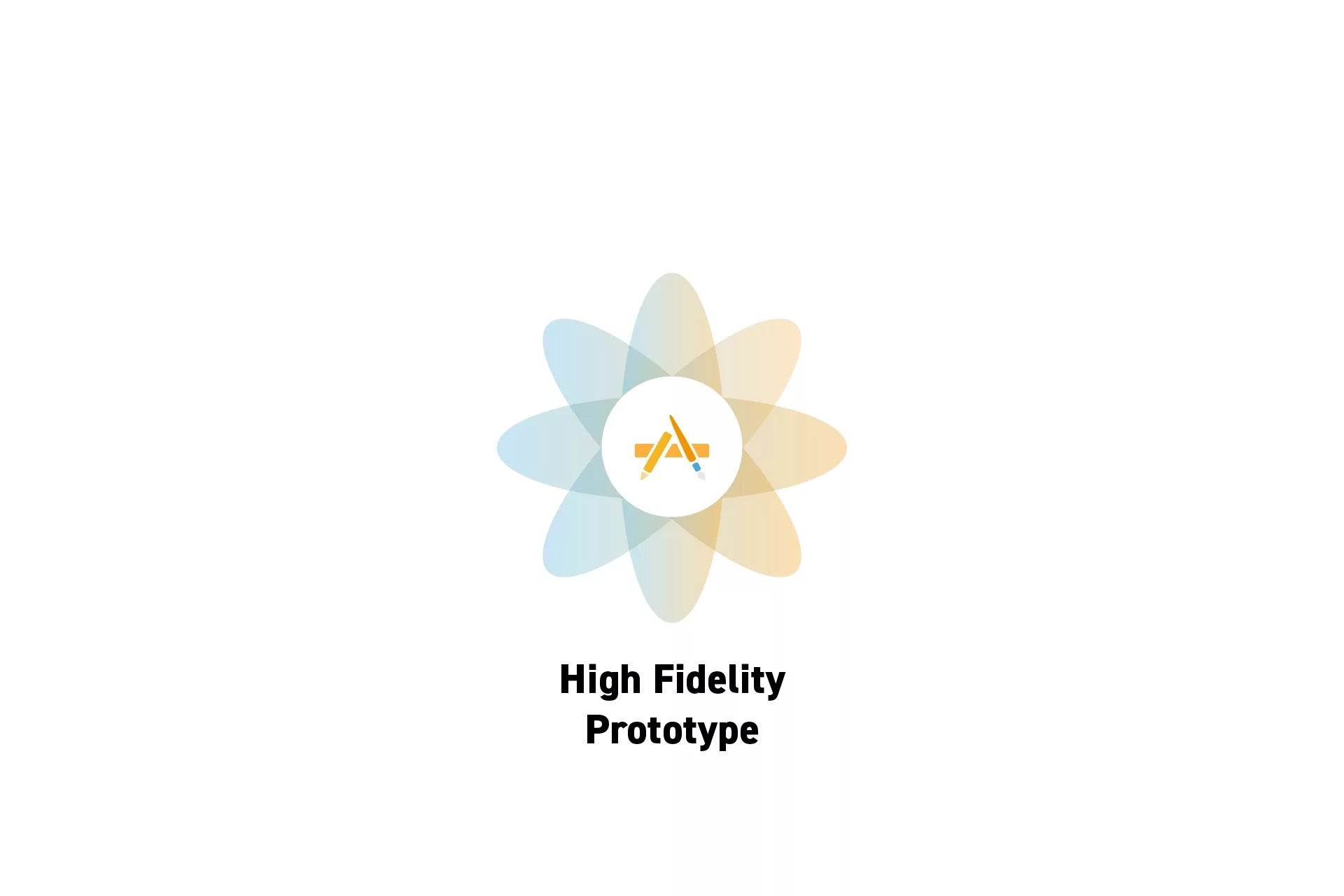What is a High Fidelity Prototype?
An interactive representation of a product, service or experience that offers close to final functionality, design and features.

An interactive representation of a product, service or experience that offers close to final functionality, design and features.
SubscribeAs part of any design thinking innovative process or model it is recommended that you prototype and test ideas with members of the target audience with the purpose of evaluating a hypothesis and finding a product-market fit (PMF).
A high fidelity prototype is a means to create a near-final representation of a product, service or experience (i.e. a creation) that can be tested with the target audience through an in-depth interview or focus group enabling companies and individuals to gather feedback and make decisions efficiently.
High fidelity prototypes can be created using Figma but should be created in code, enabling them to be true representations of the final creation.
What makes a good high fidelity prototype?
A good high fidelity prototype does the following:
- Is built using the tools that will be used for the final version.
- Can be tested by the user without explanation or guidance.
- Cover the key moments if not the entirety of the user experience map.
- Includes near-final, if not final content (i.e. text, images and videos).